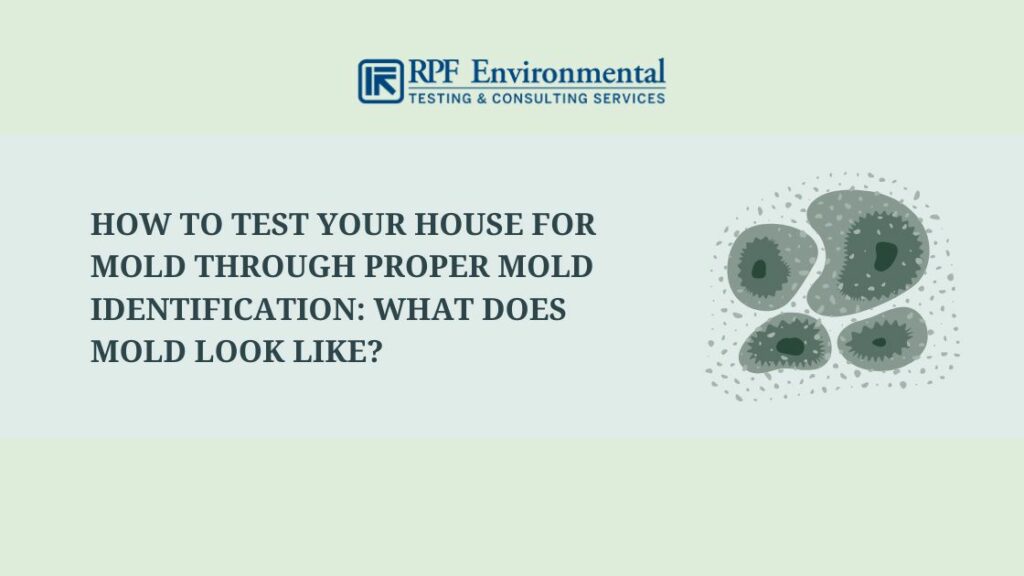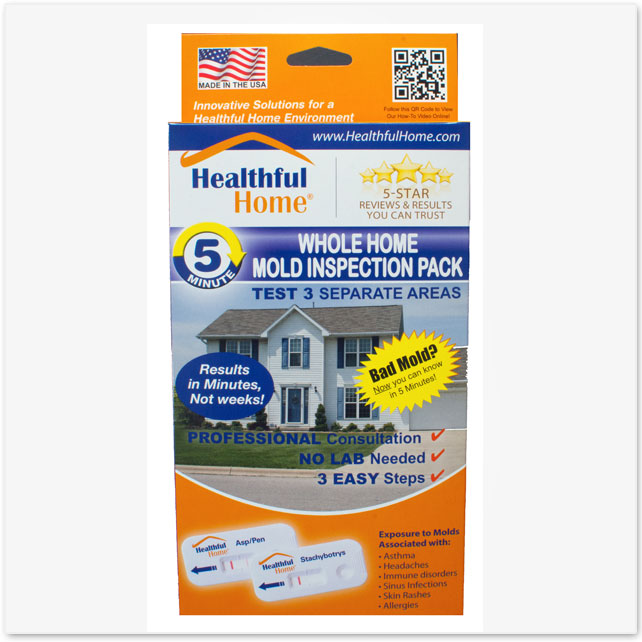How Mycotoxin Screening Assists Avoid Contamination and Secure Food Products

Mycotoxin screening is an essential method in the food sector, offering as a frontline protection versus contamination by hazardous toxic substances generated by mold and mildews. Through the application of sophisticated methods like High-Performance Liquid Chromatography (HPLC) and Fluid Chromatography-Mass Spectrometry (LC-MS), food manufacturers can properly quantify and detect mycotoxin levels in agricultural products.
Recognizing Mycotoxins
Comprehending mycotoxins starts with acknowledging that they are hazardous secondary metabolites created by specific mold and mildews, which can pollute agricultural products. These metabolites are not important for the development or reproduction of the fungis but can have serious effects for human and animal health and wellness. Mycotoxins are frequently located in staple plants such as corn, wheat, barley, and nuts, where they can proliferate under certain conditions of wetness and temperature.
There are a number of types of mycotoxins, each produced by various fungal types. Fusarium types produce fumonisins and trichothecenes, both of which are connected with different intense and persistent health problems.

Risks of Mycotoxin Contamination
The risks of mycotoxin contamination are diverse, presenting considerable threats to both food safety and security and public health. Mycotoxins, hazardous compounds produced by certain types of fungi, can infect a large range of agricultural products consisting of cereals, nuts, seasonings, dried fruits, and coffee. When these toxic substances infiltrate the food supply, they can lead to serious health and wellness issues such as liver damages, kidney failing, and even cancer. Prone populations, including youngsters, the elderly, and immunocompromised individuals, are specifically in danger.
Economic effects are another significant issue. Infected crops can lead to considerable financial losses for farmers and food manufacturers because of reduced returns and the demand for expensive purification steps. Furthermore, international profession can be substantially prevented as countries apply strict mycotoxin guidelines to protect their populations, bring about declined deliveries and stretched trade connections.
Ecological variables such as climate change worsen the threat of mycotoxin contamination. Variations in temperature and moisture can produce favorable conditions for fungal development, increasing the probability of contamination occasions. Therefore, understanding and alleviating these risks are vital for making certain the safety and security and stability of international food materials.
Methods of Mycotoxin Examining
Accurately determining mycotoxin contamination in farming products is necessary for safeguarding public health and keeping food safety standards. Various methods are used to discover and measure mycotoxins, each offering particular benefits and restrictions.
High-Performance Fluid Chromatography (HPLC) is an extensively made use of approach because of its high level of sensitivity and precision. It involves separating mycotoxins from other compounds in a sample, enabling accurate metrology. In A Similar Way, Fluid Chromatography-Mass Spectrometry (LC-MS) integrates liquid chromatography with mass spectrometry to provide detailed web link molecular information, making it specifically valuable for determining several mycotoxins at the same time - Mycotoxin testing Services.

Gas Chromatography-Mass Spectrometry (GC-MS) and Thin-Layer Chromatography (TLC) are go to my blog likewise utilized, each with special applications. GC-MS is reliable for unpredictable mycotoxins, while TLC provides an easier, affordable option for preliminary screening.
Benefits of Regular Testing
Normal screening for mycotoxins in farming items provides various benefits, substantially adding to public health and wellness and food security. By identifying contamination early, regular testing aids stop the circulation of hazardous foods, therefore lowering the threat of mycotoxin-related ailments amongst consumers. This proactive strategy not just safeguards human health and wellness but also boosts the general quality of food materials.
Constant screening likewise sustains regulative compliance. Different nations and regions have actually developed rigid limits for mycotoxin degrees in food and feed. Sticking to these limits via routine testing makes certain that manufacturers and providers meet lawful requirements, thereby staying clear of charges and profession barriers. Preserving my company conformity cultivates consumer depend on and brand name credibility, which are crucial for market success.
Additionally, routine mycotoxin screening can bring about substantial financial benefits. Early detection of contamination enables prompt treatment, decreasing prospective losses from widespread contamination. Applying regular screening procedures can likewise decrease recall costs and associated responsibilities, which can be monetarily ravaging.
In addition, normal screening supplies beneficial information that can inform much better agricultural methods and storage space problems. By comprehending patterns of contamination, manufacturers can embrace safety nets, thus decreasing future risks and adding to the sustainability of the food supply chain.
Carrying Out Examining Protocols
Executing effective mycotoxin screening protocols is important for making sure the safety and security and high quality of farming products. Each stage needs to be inspected to identify where mycotoxin contamination is most likely to occur.
Once vital control factors are determined, picking suitable screening approaches is crucial. Common methods include enzyme-linked immunosorbent assay (ELISA), high-performance fluid chromatography (HPLC), and mass spectrometry (MS) Each approach has its weak points and staminas; thus, picking the right one depends upon the particular mycotoxin being tested, the needed sensitivity, and offered sources.

Last but not least, incorporating the testing methods right into an extensive food safety monitoring system is a good idea. This enhances traceability and enables swift rehabilitative actions when contamination is spotted, thereby securing the stability of the food supply chain.
Verdict
Mycotoxin testing is vital in protecting against contamination and protecting food materials by making it possible for early detection of damaging contaminants generated by molds in agricultural items. Routine screening improves brand online reputation, monetary stability, and trust fund in food safety and security by reducing contamination-related losses and keeping high requirements in food production.
Mycotoxin testing is a vital practice in the food industry, serving as a frontline protection versus contamination by damaging contaminants created by molds. An incorporated strategy including farming practices, storage management, and routine testing can minimize the threats connected with mycotoxin contamination, ensuring food safety and security and public wellness.
The risks of mycotoxin contamination are diverse, posturing considerable threats to both food safety and security and public health.Regular testing for mycotoxins in agricultural items supplies countless advantages, substantially contributing to public health and wellness and food security.Mycotoxin testing is important in avoiding contamination and safeguarding food supplies by making it possible for very early detection of harmful contaminants generated by molds in agricultural items.